Moisture Meter: What is it and how to use one
As houseplant enthusiasts, we all know how important it is to have a consistent and balanced approach to watering of your indoor plants. In this Plantify University Original, we’ll explore how Soil Moisture Meters can assist you in doing just that.
Although there are many DIY and manual checking systems, using a Moisture Meter is a great shortcut to determining the moisture in your soil, before watering your plants correctly.
As watering on a strict schedule, say every Sunday, doesn’t take certain factors such as temperature, light and humidity into consideration, and using the finger or skewer test (while useful) can be inaccurate at times. The best way to check if your plants need water is to get right into the potting medium at different levels with a moisture reader to gather accurate information on just how dry or wet your plant really is, near its absorption apparatus: the root ball.

HOW DOES A MOISTURE METER WORK?
Sensors used in Moisture Meters act as miniature hygrometers (humidity sensors) that measure the average moisture content of the soil in a pot. When using a moisture meter, stick the probe as close as possible to the root ball, without causing damage. These measurements will provide you with a consistent analysis of how much water is in your growing medium, helping you decide if you need to water, or if you should wait.
The meter can also be used to measure the moisture content in your pot at different levels. As you can get your probe to those exact depths and test the moisture there, this is useful for plants that have to dry out 50%, 75% or 100% between waterings.
A soil moisture meter usually gives you a reading within seconds, and is very easy to operate. Some meters have a window display that shows the moisture level on a scale, usually ranging from dry to wet. In contrast, others have a numbered scale or a colour-coding to make determining moisture levels easier.
HOW TO USE A MOISTURE METER:
Follow these steps to get an accurate moisture reading:
- Hold the Gauge end of the meter in your hand and gently insert the probe into the plant pot, approx 1/2 - 3/4 of the way into the soil. Be gentle, do not force the probe in as this may damage roots or the probe.
- Read the gauge. A display of:
- 1 to 3: your potting medium is close to dry.
- 4 to 7: your potting medium is slightly dry to lightly moist.
- 8 to 10: your potting medium is moist to wet.
- Note: The numerical values on the meter are not indicative of a specific value of “wetness”/“dryness,” “”, but rather relative values indicating degrees of dryness or wetness, with 0 being Dry and 10 being very wet
Once you know the moisture level in your soil, check the watering needs of your plant and decide if you will need to water. Different plants need to reach different moisture levels before watering. Some examples:
- Succulents and cacti should dry out 90-100% between watering and should only be watered when the moisture level reaches the Red zone, just below 2.
- Aroids, such as Split Philodendrons or Delicious Monsters and Orchids, such as the common Moth Orchid (Phalaenopsis) like to be kept at a nice even level between 5 and 6.
- Moisture-loving plants such as Calathea Orbifolia, Birds Nest Ferns and Peace in the Home prefer to be kept at levels 7 - 8.
If your houseplant comes with care instructions to ‘let your plant dry out halfway between watering’ or ‘let it dry three-quarters of the way’ or ‘let it dry out completely,’ then take your moisture meter and hold it against the outside of the pot to the suggested depth, all the while keeping your thumb on the metal rod at the desired position. Carefully insert the probe into the potting medium to your thumb measurement and read the meter to check how wet/dry the plant is at that level.
It is also good practice to check the moisture level of your potting soil after watering. This will help you gauge if you have watered your plant deeply enough or if their may be excess water in the soil that may still need to be drained out.

Please note: It is important to research what moisture level each of your houseplants’ water requirements, and not to solely rely on your moisture meter for checking plant happiness, as there are factors that can cause inaccurate readings.
CAUSES OF INACCURATE MOISTURE METER READINGS
- Dropping your moisture meter: Even though they are relatively hardy, some Moisture Meters can get damaged after dropping, and when you test the soil it may consistently tell you that your soil is dry. It is good practice to periodically probe your meter into a recently watered plant testing, especially if dropped.
- The salinity of soil: This means salt levels in the soil. If you feed your plants often or live in an area where the tap water is mineral-heavy, there is a high likelihood of salt buildup in your houseplant’s soil, which can lead to inaccurate readings on your soil moisture meter. It is the best general practice to flush your potting medium every 3 months to avoid mineral or salt build-up by watering or soaking your plants in distilled or low mineral water, such as reverse osmosis water.
- Your probe snaps off: This may seem like common sense but may go unnoticed. Some potting soils can become hard and compacted, and then if you force the probe too hard into the soil, you may damage or snap off the probe tip where the reading is taken. Do not force your probe into the potting medium if resistance is felt.
- Leaving the Probe in the Soil after Use: After using your moisture meter, do not leave it stuck in moist potting mix once you are done. In time, this practice will degrade the probe, causing it to measure moisture levels incorrectly.
Moisture Meters are fabulous tools for balancing out and knowing the exact condition of your potting medium's moisture without guessing and can be a wonderful assistant for those of us who fall into habits of overwatering or underwatering. Click for more on identifying Overwatering vs Underwatering in your houseplants.





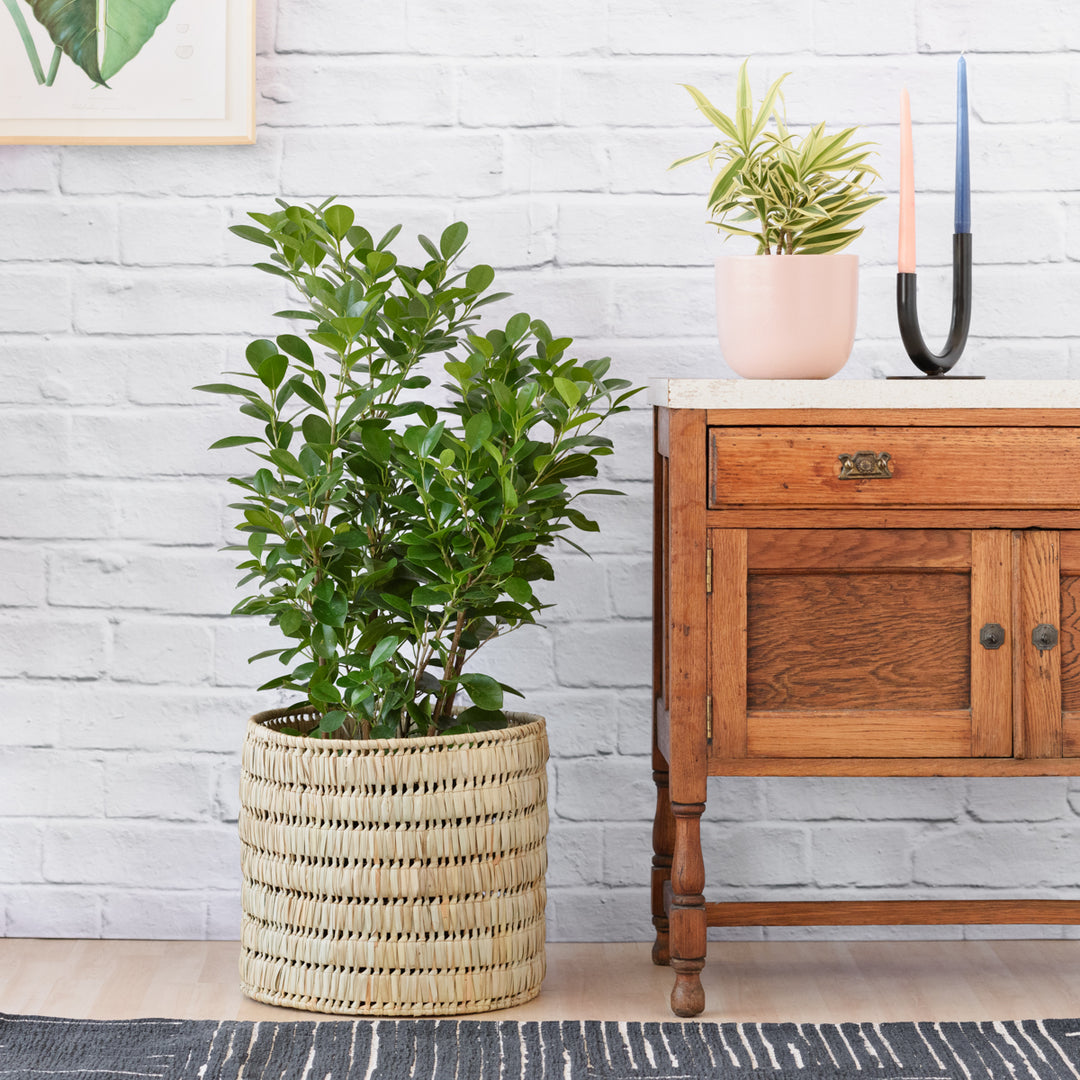
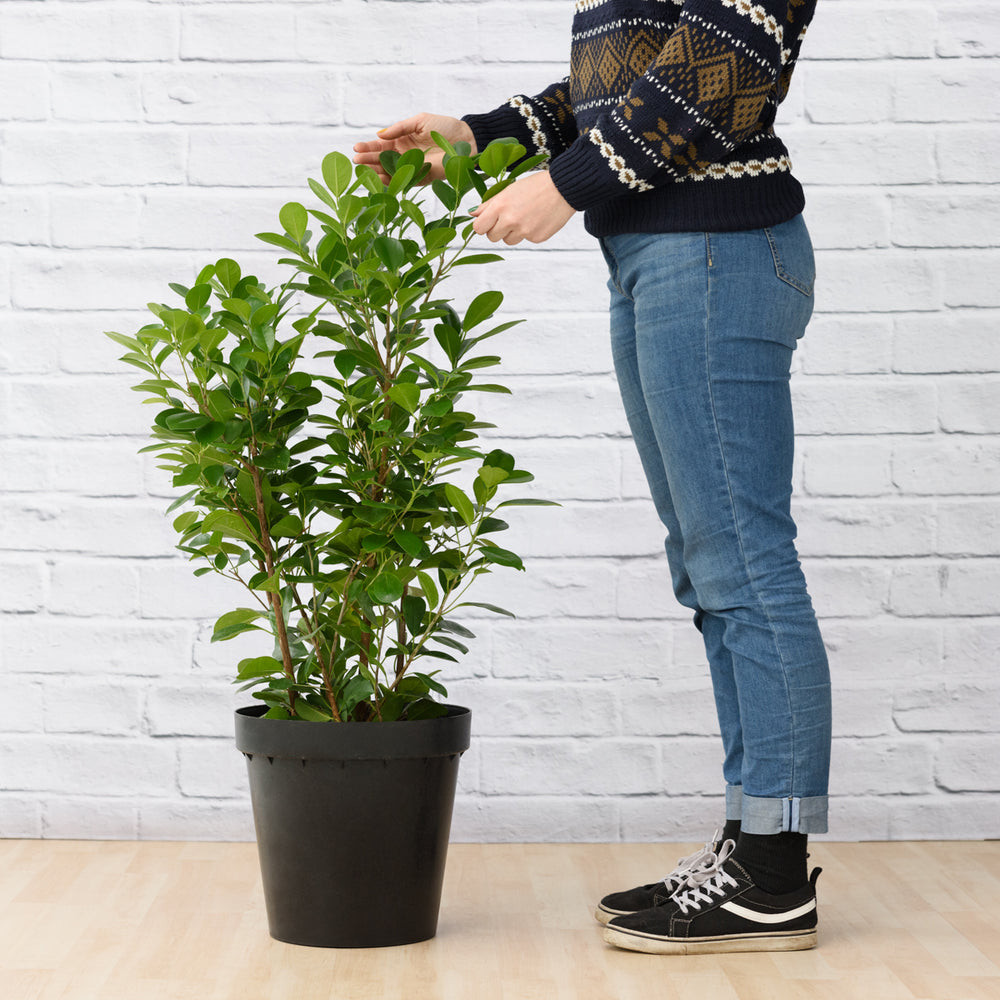
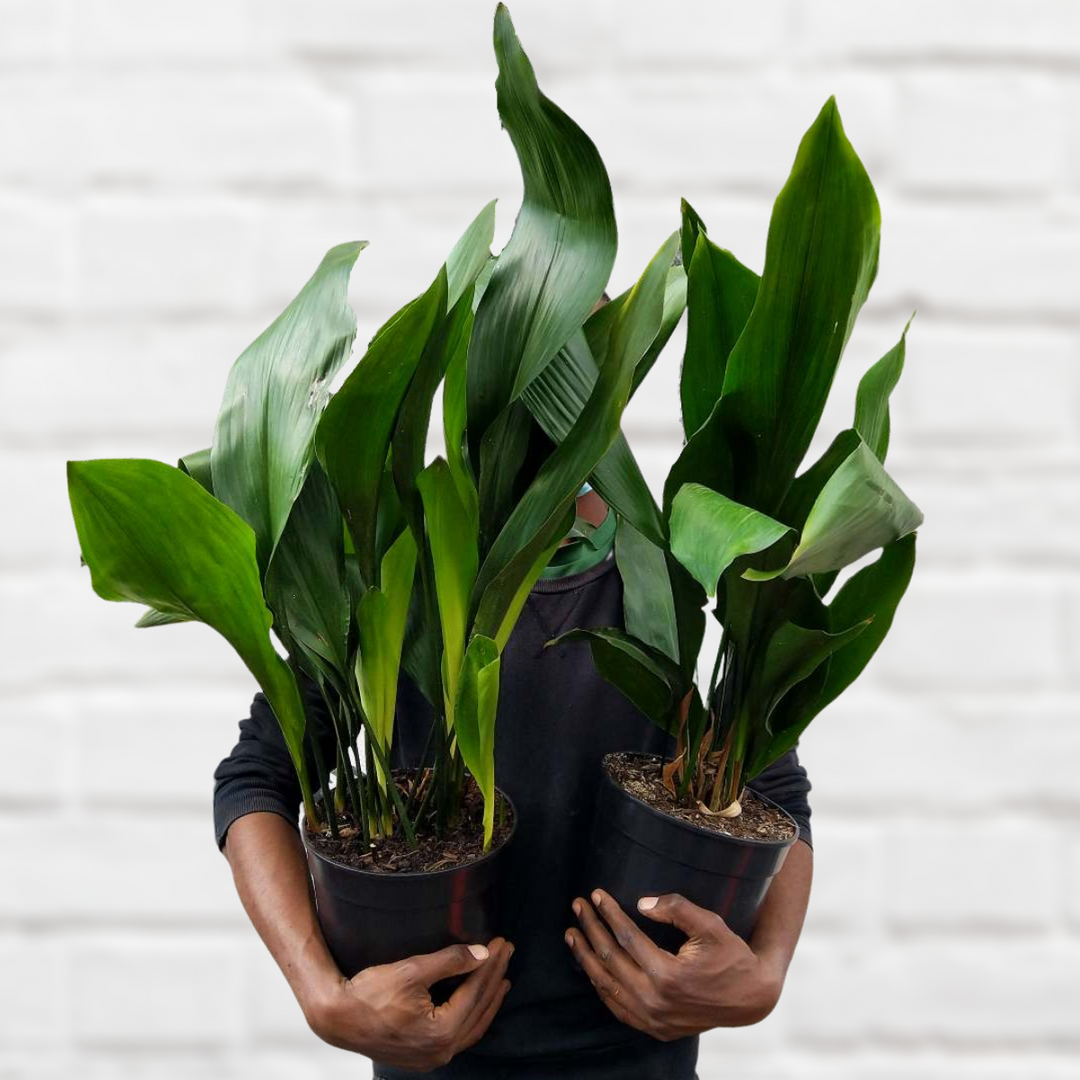
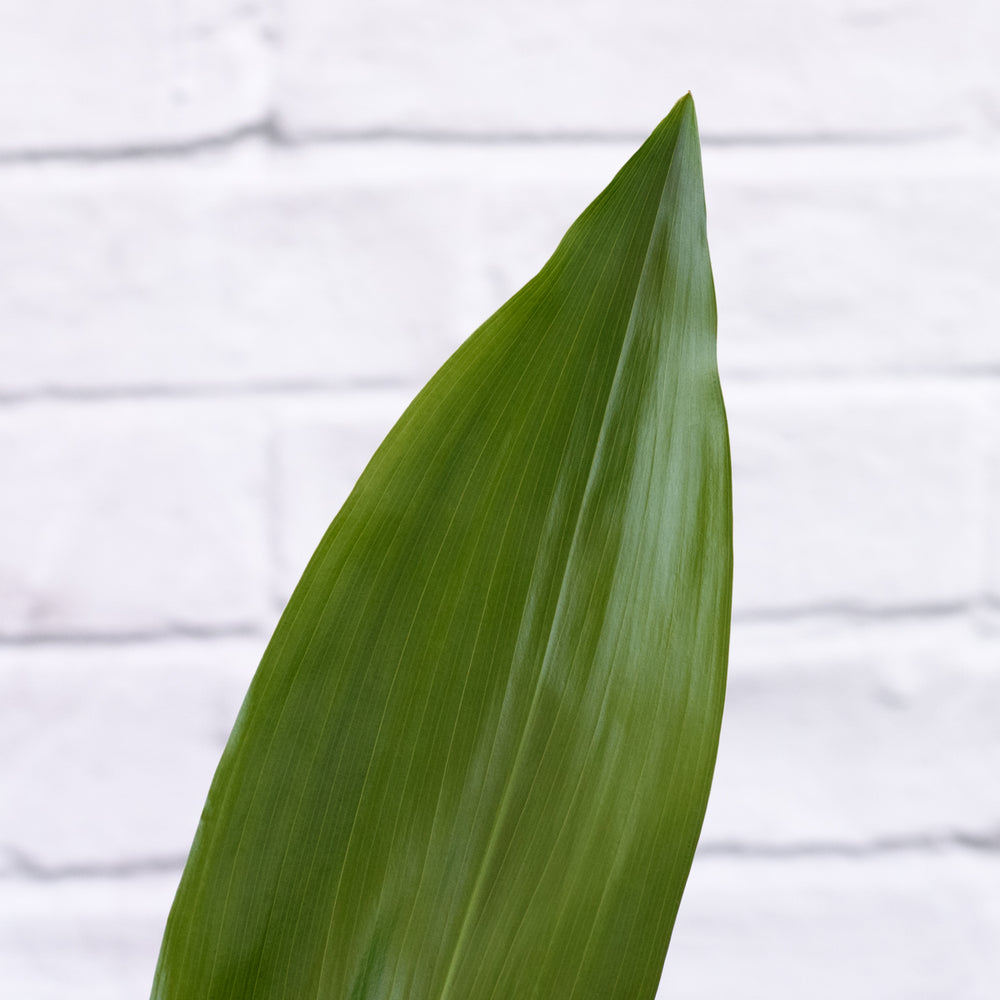
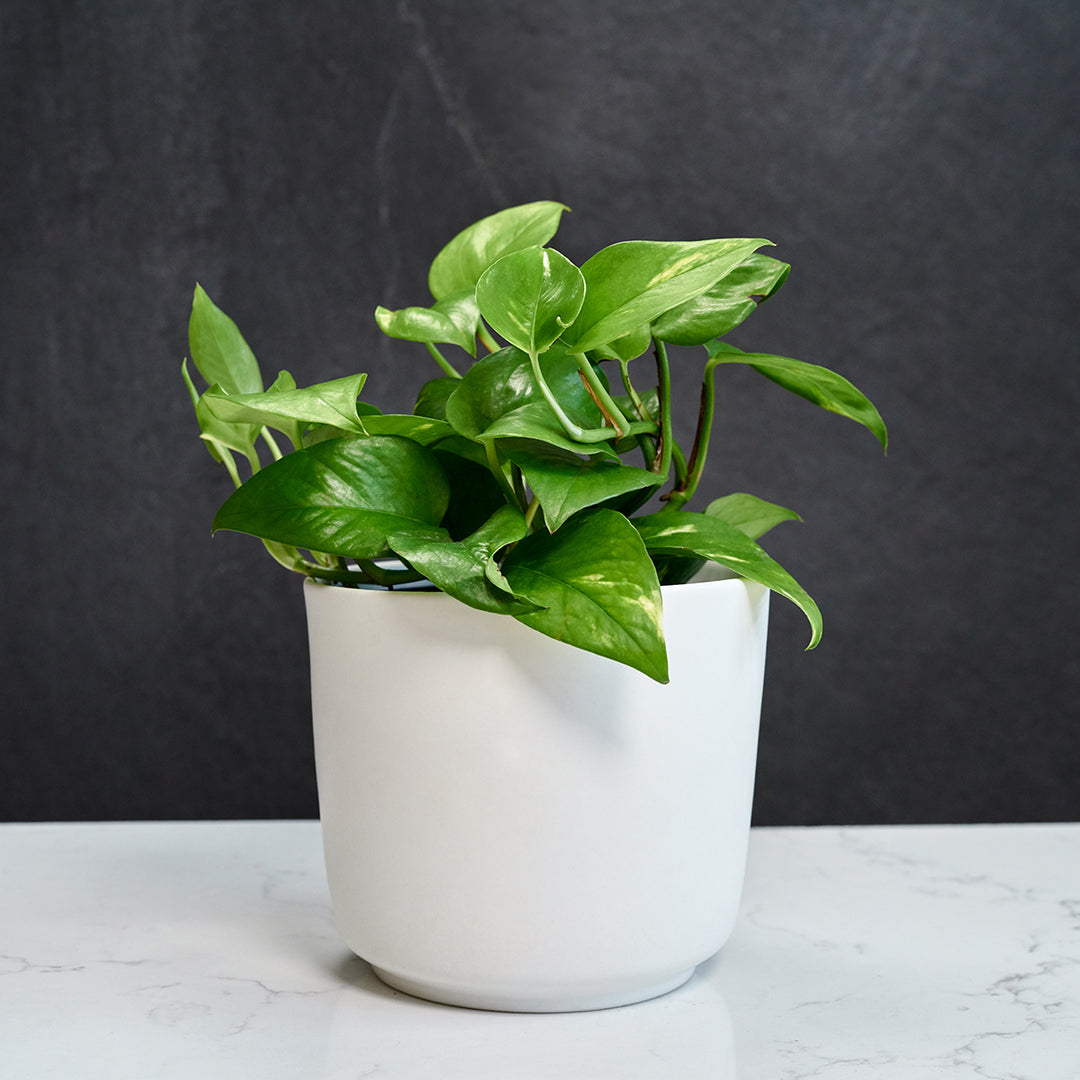
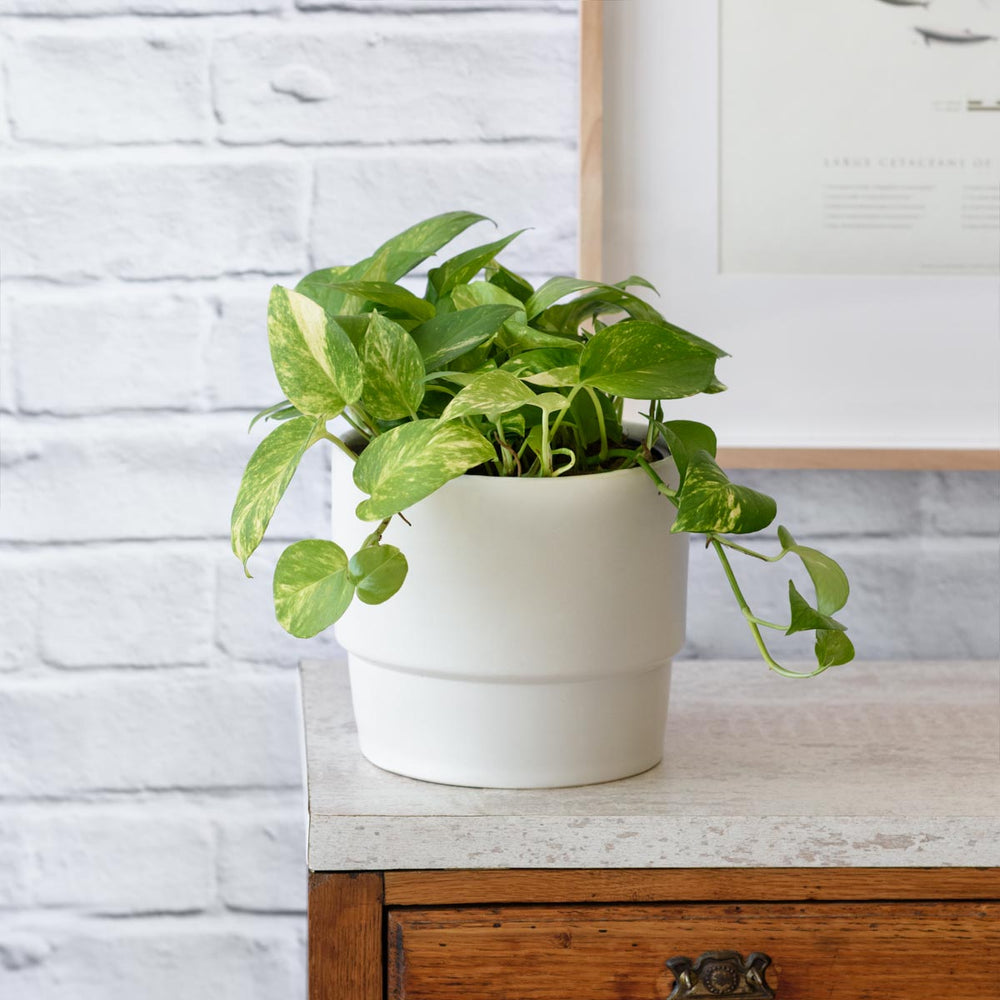
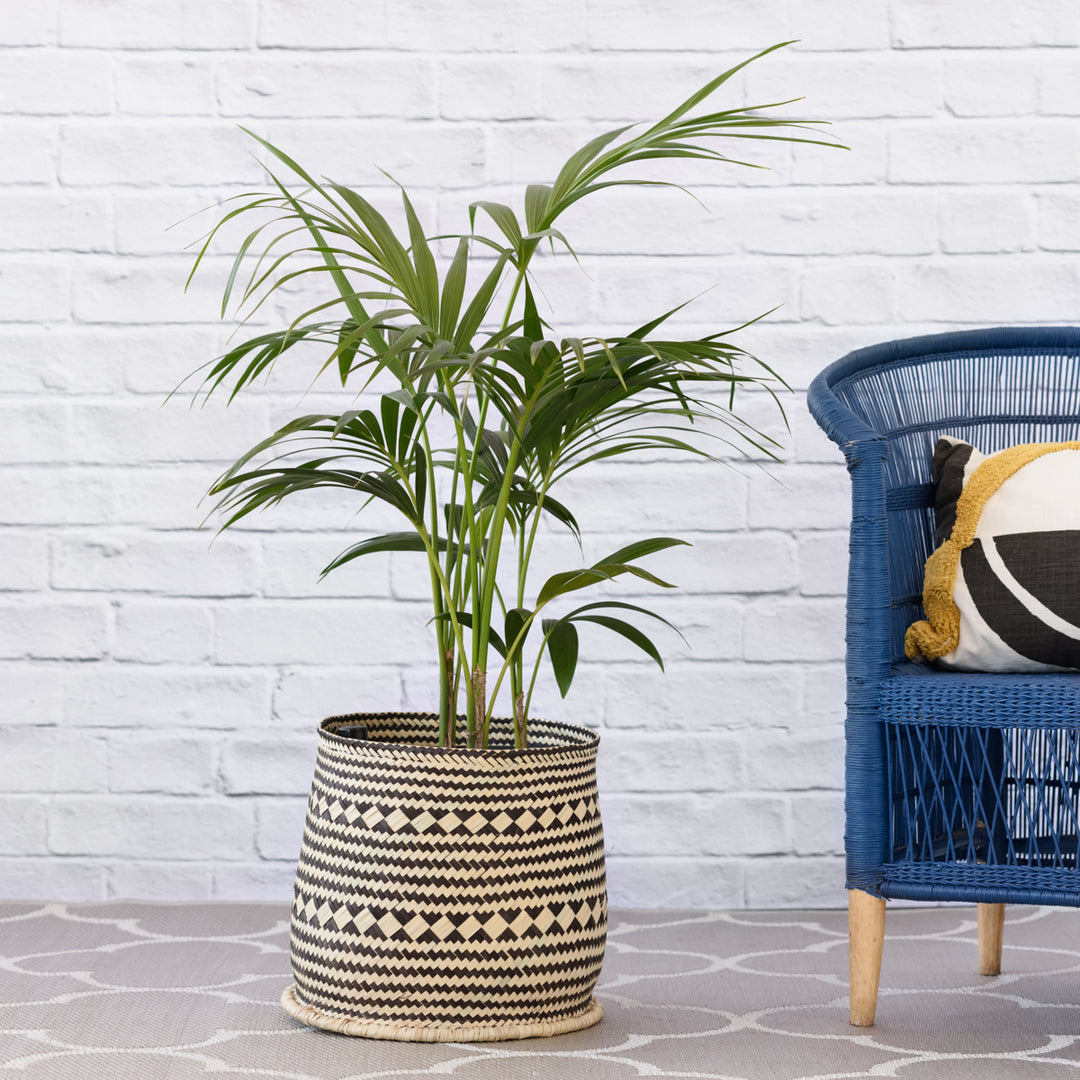
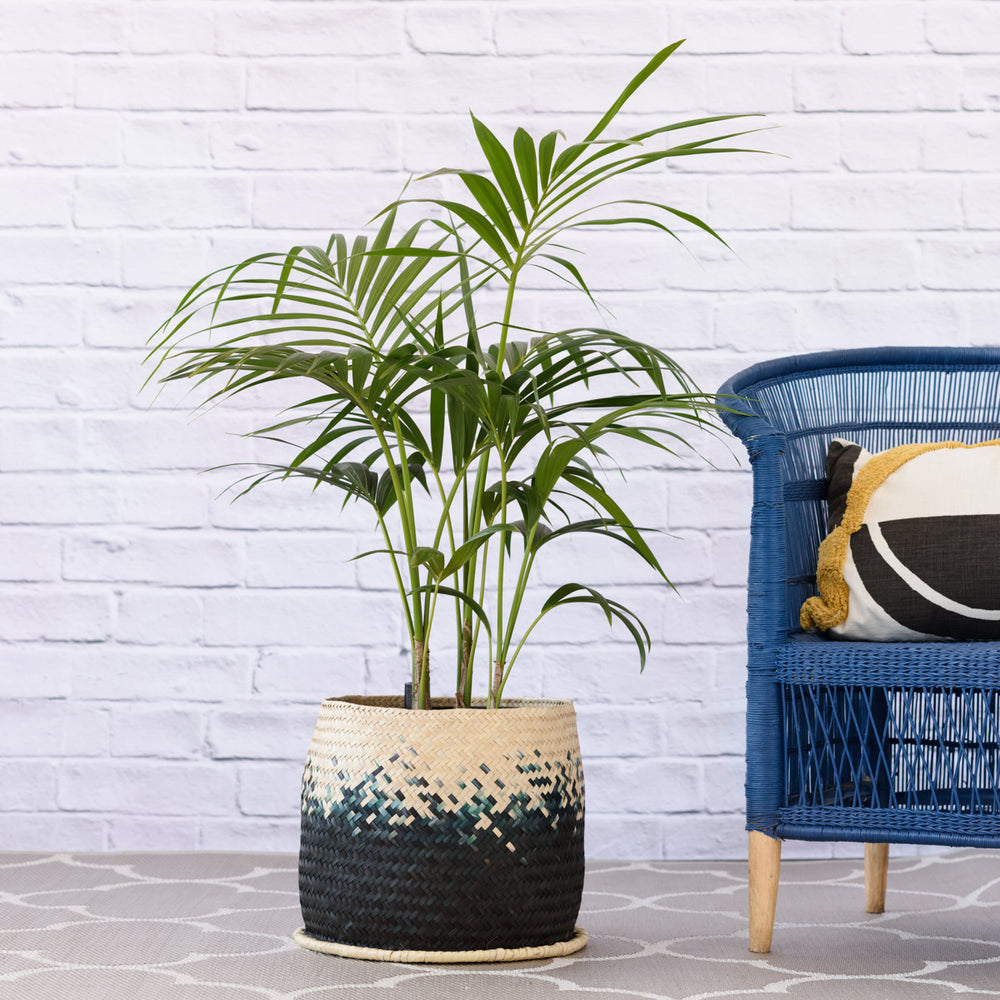


Leave a comment